Introduction by Jim Stiles
The majority of Americans moving to the New West are considerably younger than us pioneering “New Westerners,” who first came from what Abbey called “the Siberian east,” to make a life out here in the empty quiet stretches of landscape that we thought would never change. We were relatively small in number, and our impact, it seemed, was also slight. But still, we were the vanguard of Change, and we knew it. I remember traveling to Telluride for the first time in the autumn of 1975. My buddy, BLM ranger Jim Conklin, had told me we needed to see Telluride “before it was ruined.” Sure enough, even though it was late October and stormy, the little mining town was bustling with activity. New construction and renovations of old buildings was stunning.
And what I noticed was that many of the workers, and the property owners, looked remarkably like us. They were a few years older than me, maybe in their early 30s? They all had longish hair, and almost everyone was wearing overalls. That was ‘the look” at the time. I still have mine.
A couple years later, my life had dramatically changed. When I made that inaugural trip to Telluride, I was unemployed, with no home, and no prospects. I had about $400 left in my hidden money stash. And then everything changed. I signed on as a volunteer at Arches, I met Edward Abbey at a poker game at the old “Ranch House, just north of Moab, the Park Service hired me as a GS-3 Ranger at Arches ($3.73/hour) and in April 1976, I received a letter from the New York publishers in New York, EP Dutton, asking if I’d like to illustrate Abbey’s next book. It was Abbey’s doings that made it happen. It might still be my favorite year.
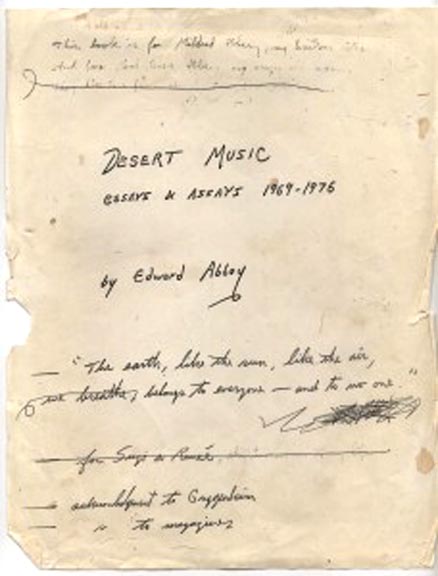
The publishers sent me Abbey’s manuscript, with the working title, “Desert Music,” and I set out to create a cover and illustrations for each of the book’s 27 chapters. One of them was titled “Telluride Blues Hatchet Job.” I immediately thought of my own experience, and consequently a skunk.
I realize now that 1976-77 was a seminal moment for the Colorado Plateau. Everything was changing at a rate I could barely comprehend. I didn;t realize that the American West, as I first discovered it, was already in its death throes. I got there just in time to say goodbye.
Abbey, of course, saw it coming. He had seen the changes a full twenty years before I was old enough to leave home and find the West on my own. His discovery of Telluride, and his own experience of loss, appeared in what would become, “The Journey Home, which was published in the spring of 1977. Here is a short excerpt from his telluride chapter. For all of you who think the New West is a phenomenon that arrived in the last decade, read this. It says it all…..
From “The Journey Home” —–
The town of Telluride was actually discovered back in 1957, by me, during a picnic expedition into the San Miguel Mountains of southwestern Colorado. I recognized it at once as something much too good for the general public. For thirteen years I kept the place a secret from all but my closest picnicking cronies. No use: I should have invested everything I had in Telluride real estate. In 1970 a foreigner from California named Joseph T. Zoline moved in with $5 million and began the californication of Telluride. Formerly an honest, decayed little mining town of about good souls, it is now a bustling whore of a ski resort with a population of 1,500 and many more to come. If all goes badly, as planned.
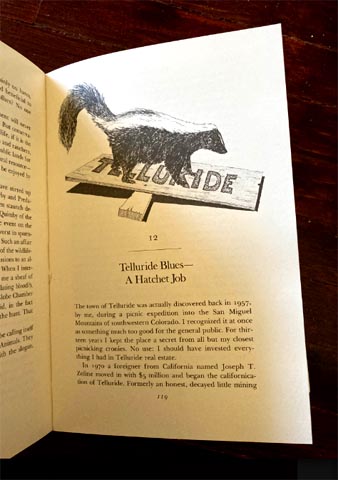
“We shall develop,” announced Zoline, “a ski area bigger than Vail, as large as Ajax, Aspen Highlands, and Buttermilk combined, and twice as big as Mammoth Mountain in California.” Two cheers for Zoline. The county Chamber of Commerce was delighted, but those who preferred Telluride as Telluride wept in their beers, prayed in the alleyways. It didn’t help. Nothing worked.
Men weep, men pray and kneel, but money talks. Money walks and talks and gets things done. Four years after his announcement (four years! it took twenty years to get the Wilderness Preservation Act through Congress, forty years to have one tiny remnant of the California redwoods given shabby and inadequate protection as a national park), Zoline has completed five operating double chairlifts, thirty-two miles of trails, and an eighty-seven-cell condominium.
Merely the beginning. Though the town offers only 1,200 beds for hire at present, Zoline’s Telluride Company expects 170,000 skiers by 1978. To accommodate such multitudes, Zoline plans to build a village for 8,000 on the mountain meadows at the foot of the lifts; cabin sites or “ski ranches” are already being offered for sale (at $5,000 to $10,000 per acre); and Holiday Inn has begun to make inquiries. The twenty-year plan for Big-T envisions, on paper, a cable monorail system and a total of seventeen lifts with the combined capacity for transporting 17,000 skiers per day up a vertical distance of 4,000 feet; from there dropping them at the head of sixty miles of trail. Bigger than Vail! Better than Aspen!
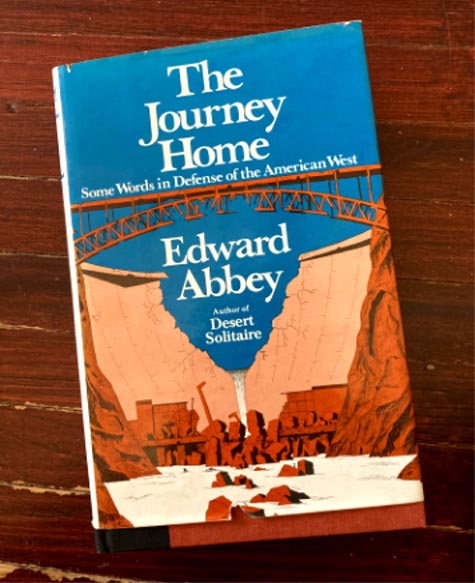
What— another Aspen?
Yes, but different. Telluride’s growth will be controlled and orderly, say the company executives, with “full environmental protection.“
Good grief…I regret that Abbey never saw Herb Ringer’s photographs, though it may have broken his heart even more. Here are just some of Herb’s Kodachromes of Aspen and Telluride. The images range from the very early 1950s, to as recent as 1980, when the Change was already happening…
Here is the way it was, through the lens of Herb Ringer—
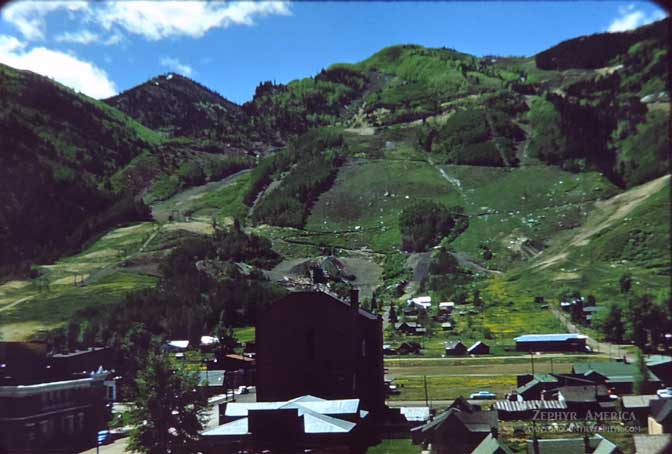
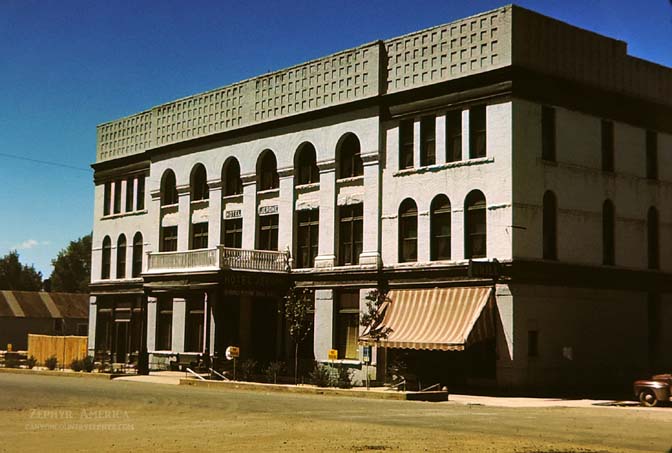
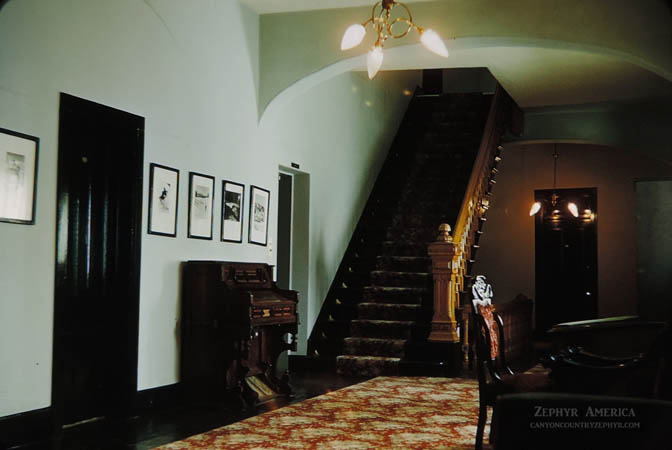
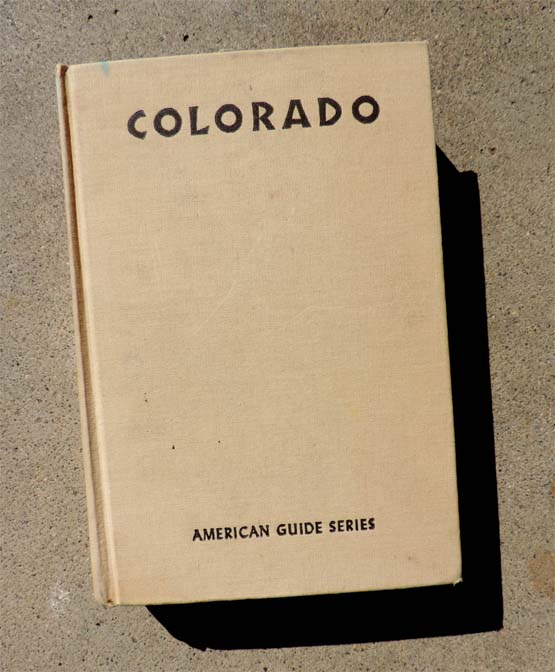
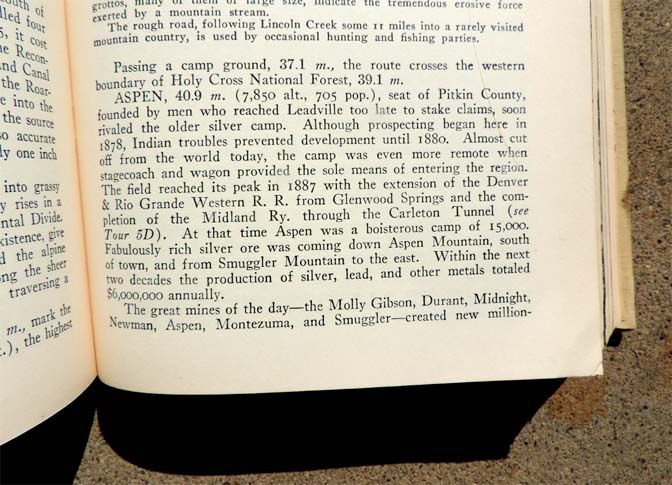
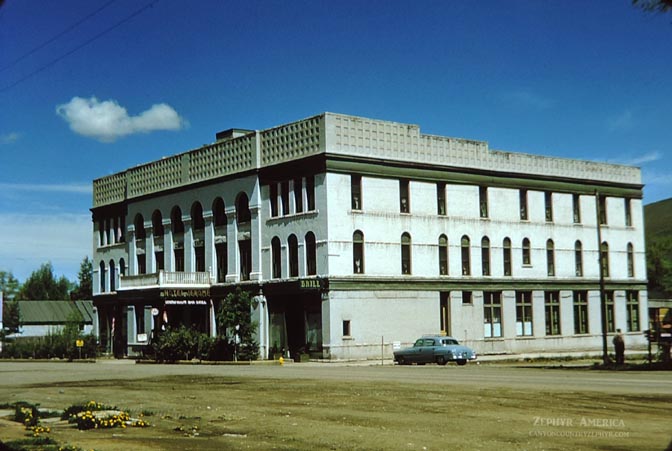
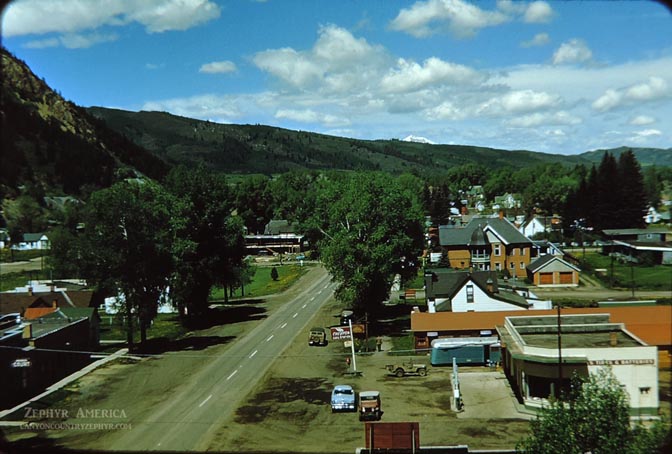
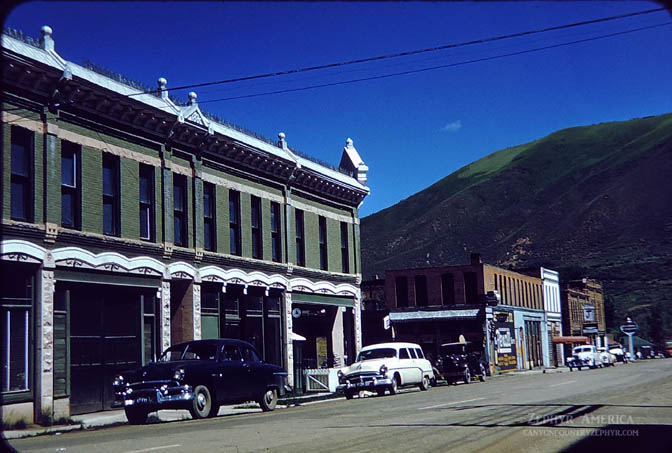
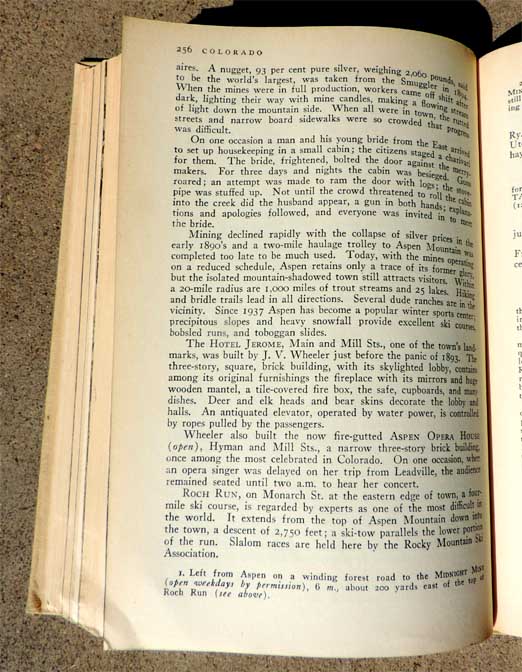
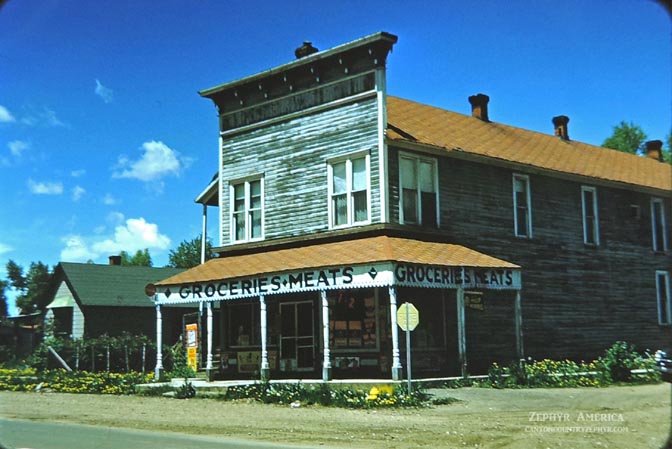

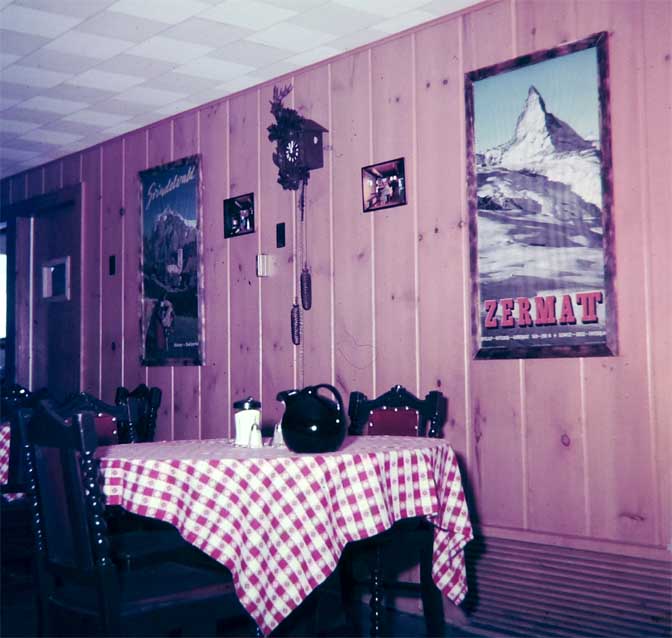
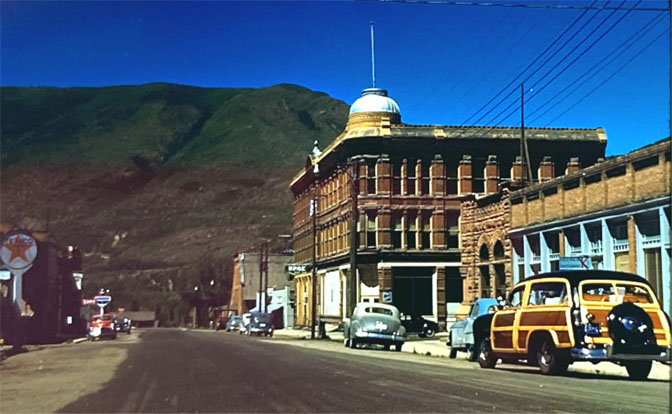
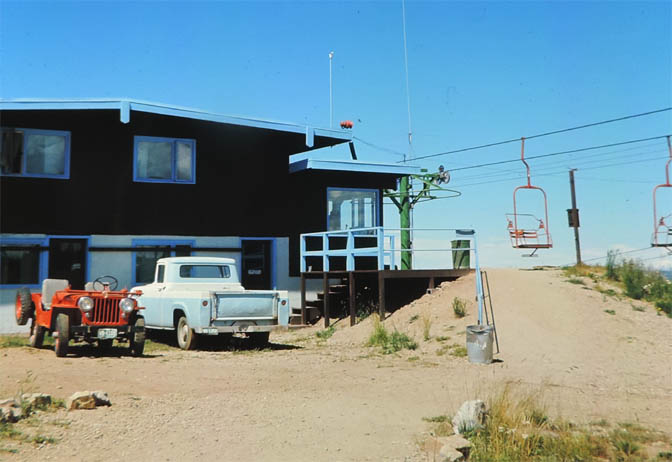
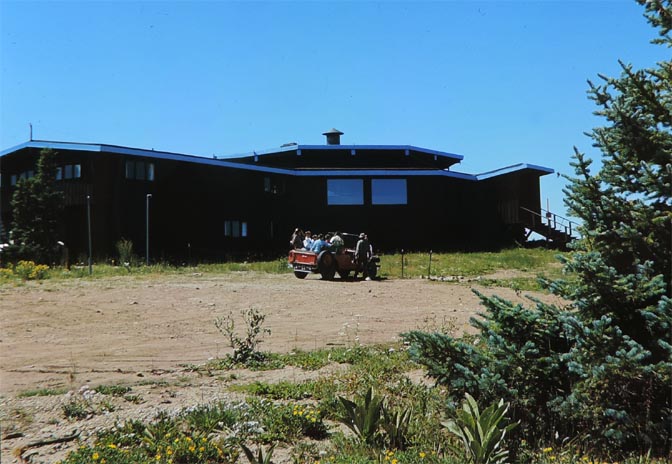
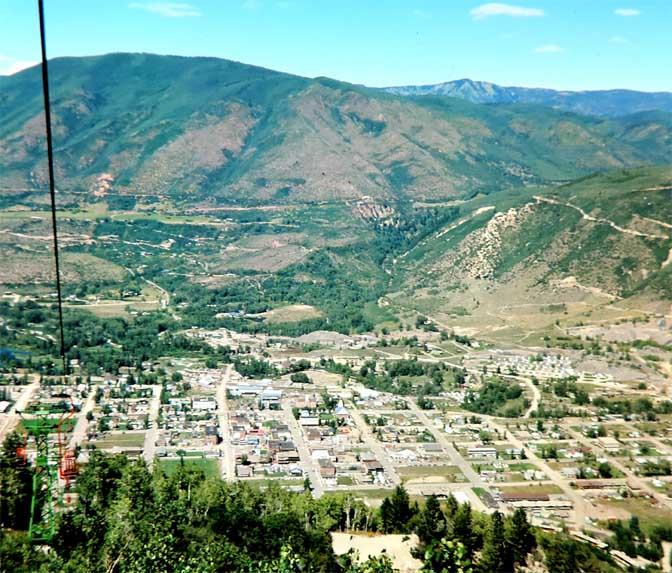
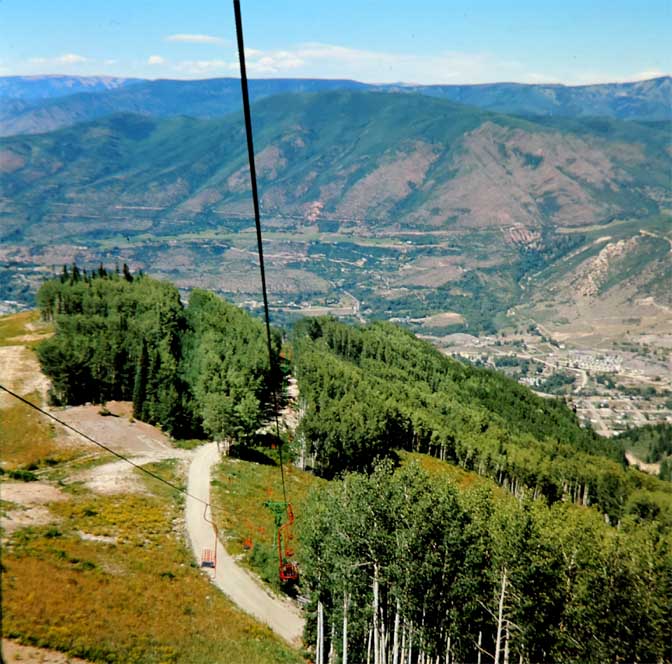
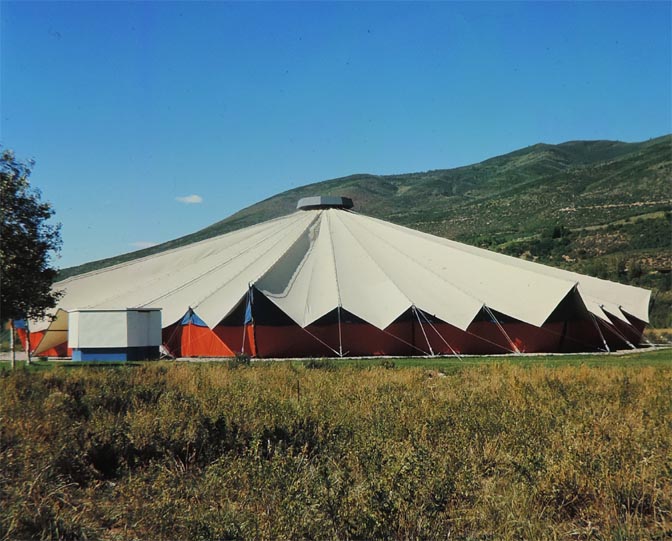
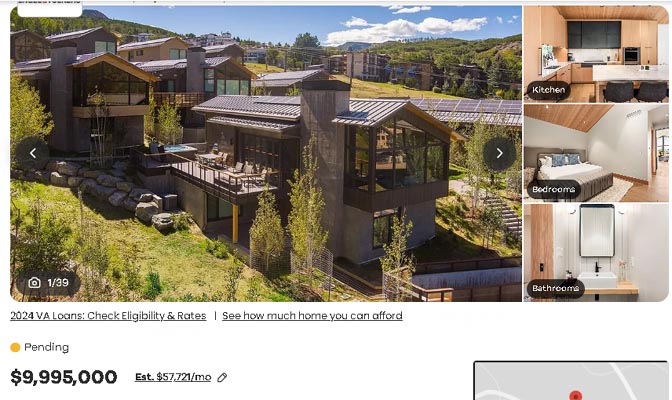
TELLURIDE, COLORADO
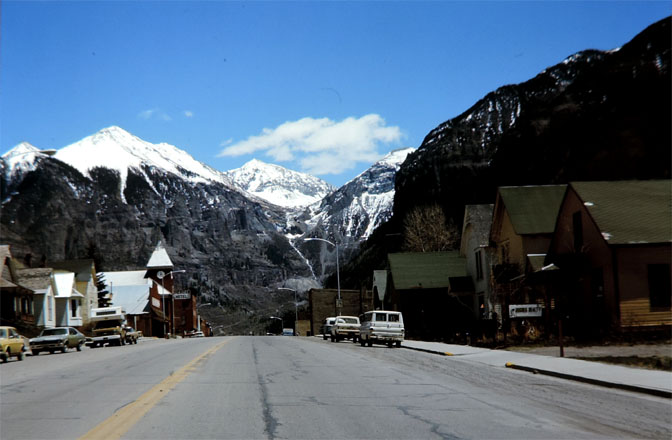
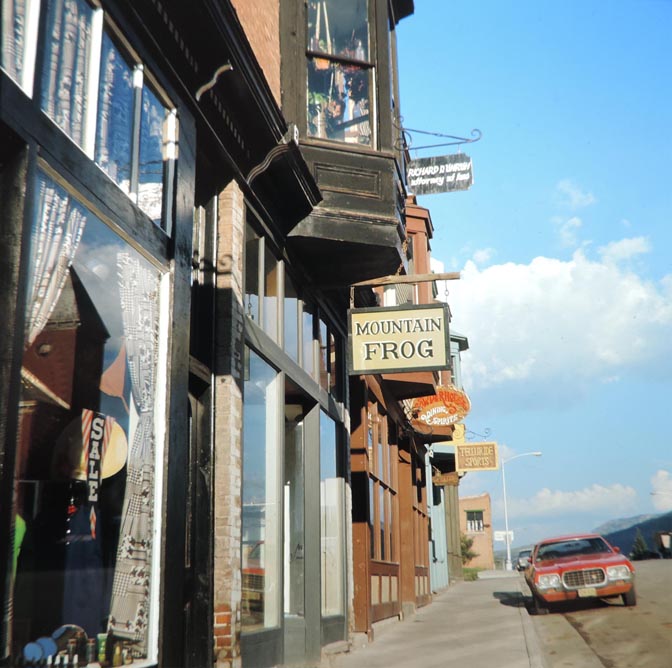
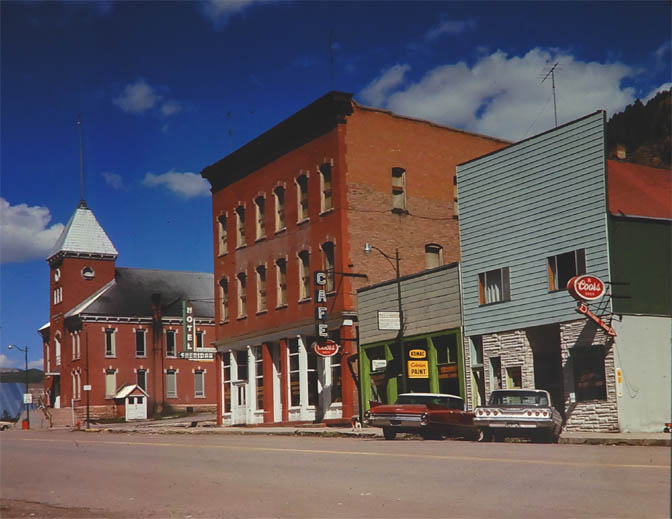
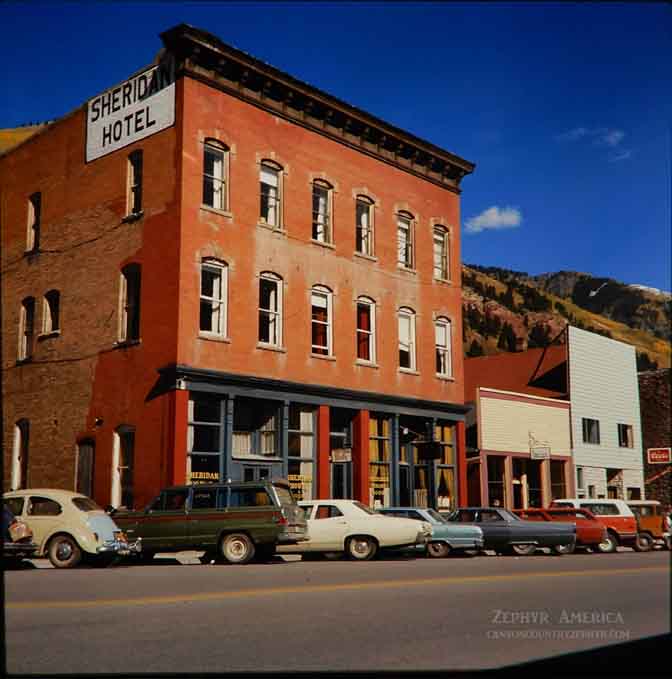
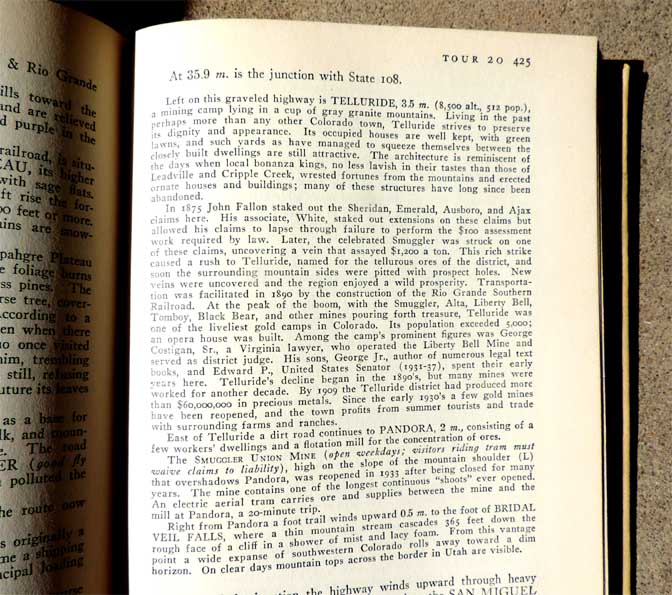
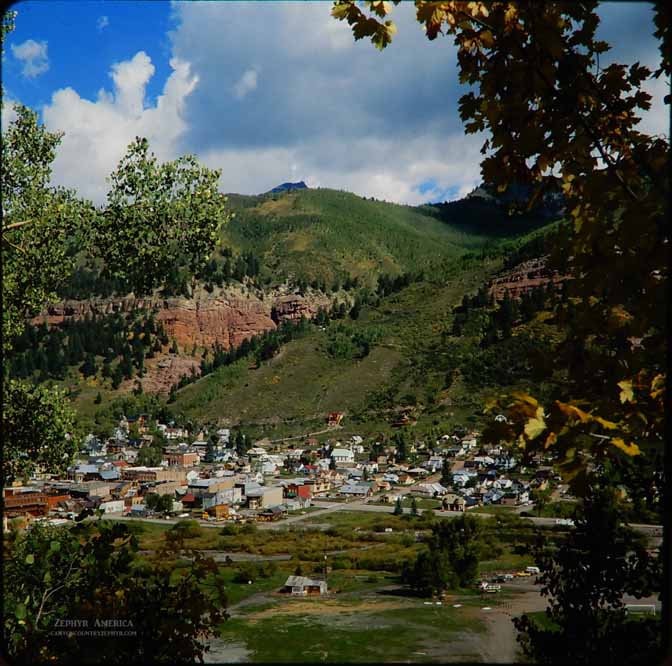

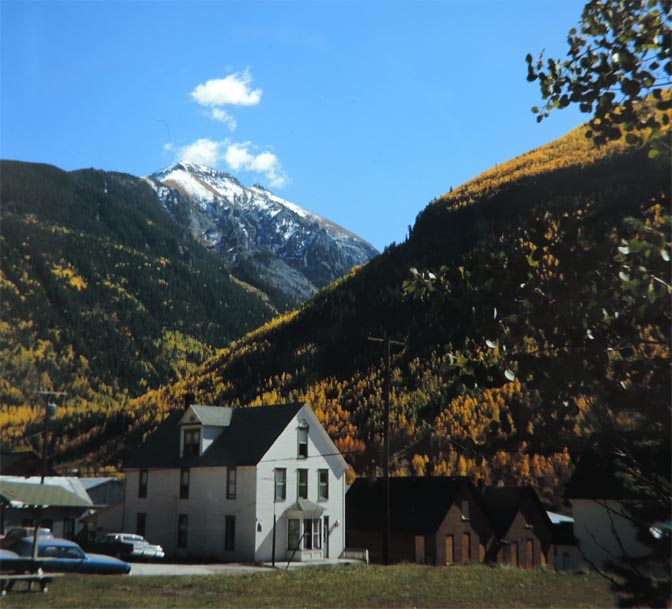
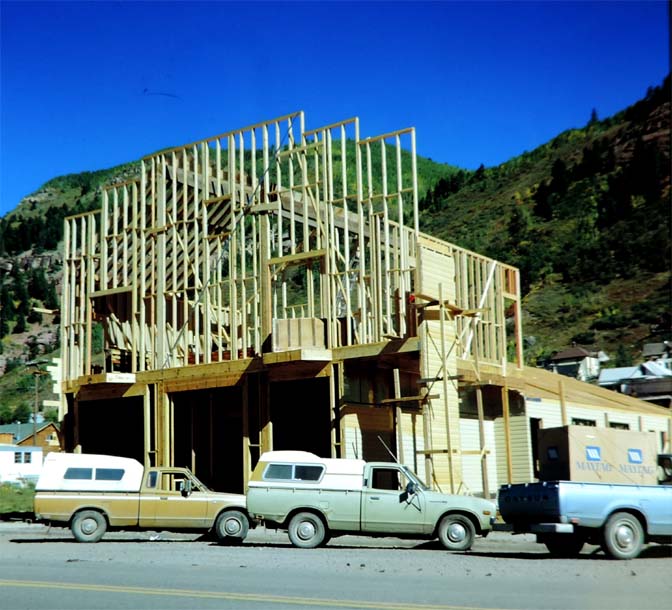
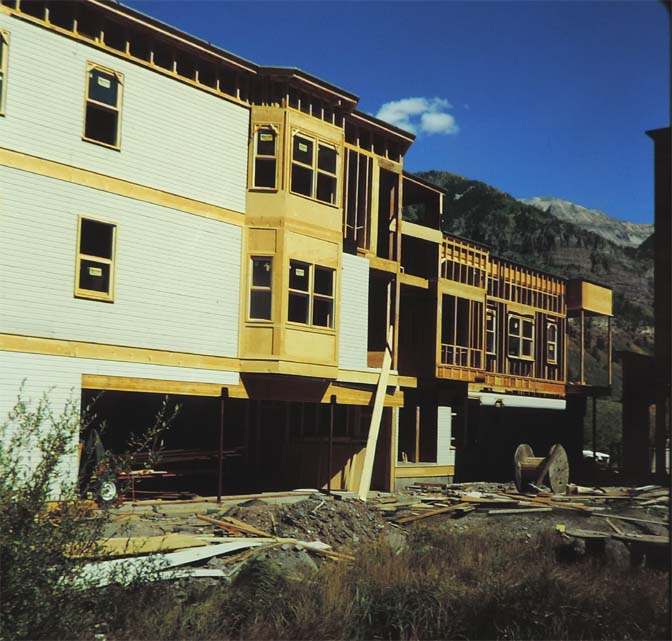
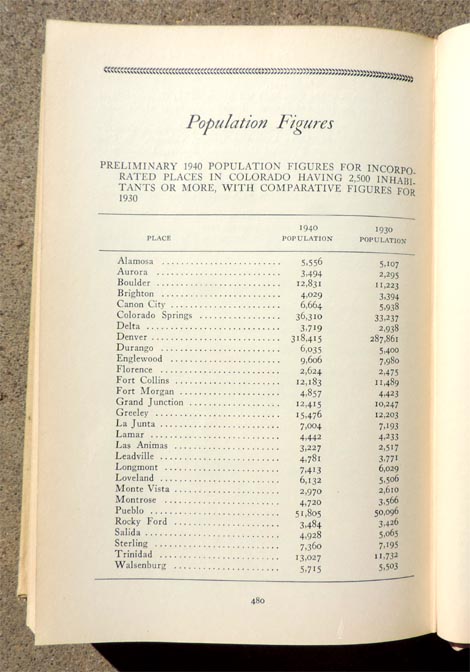
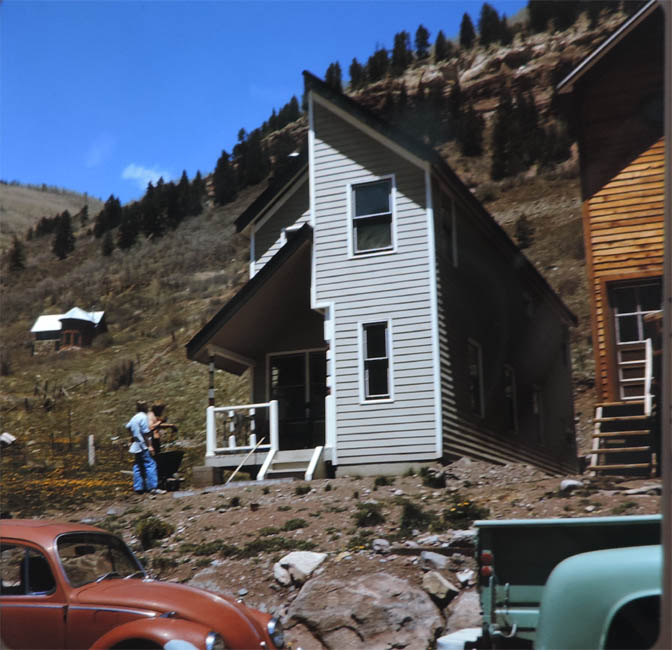
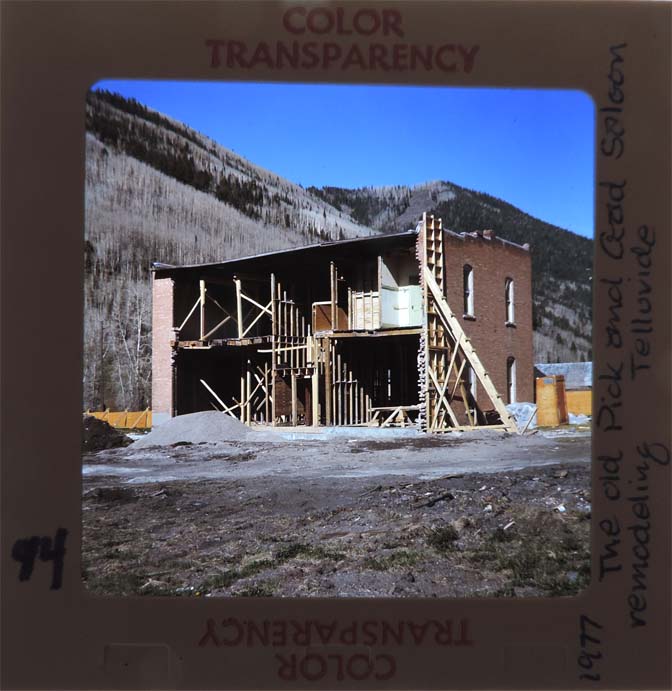
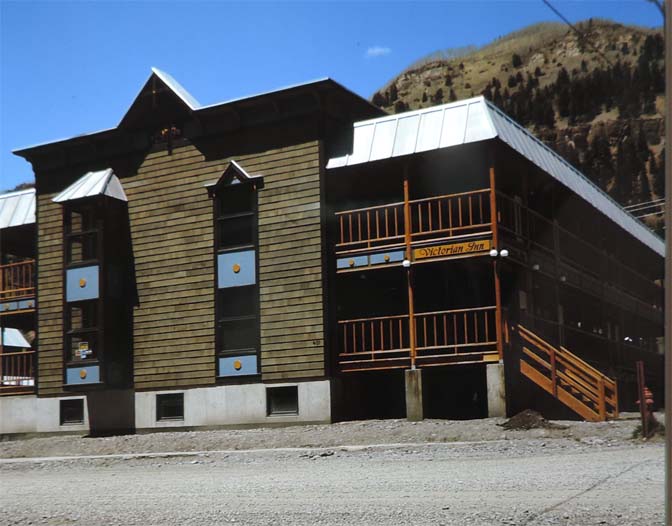
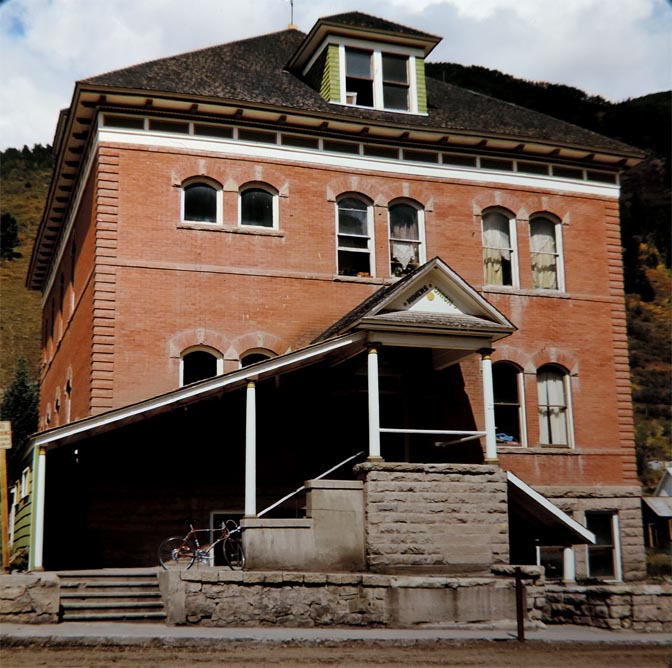
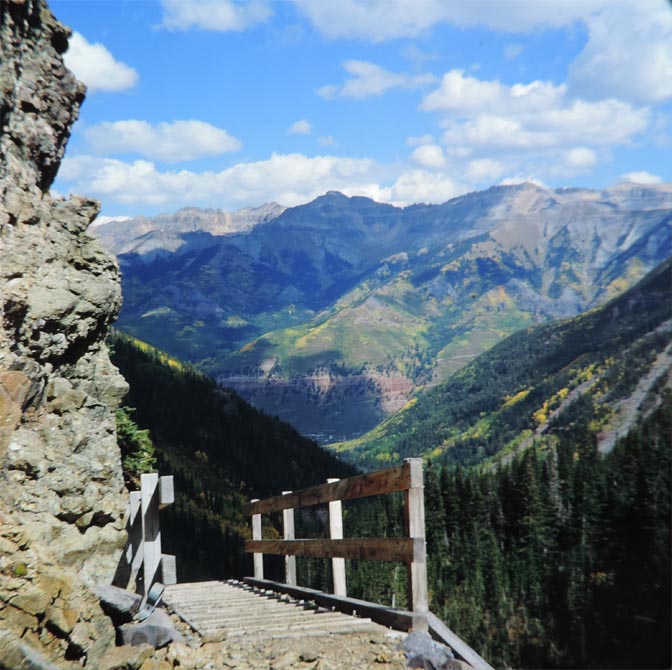
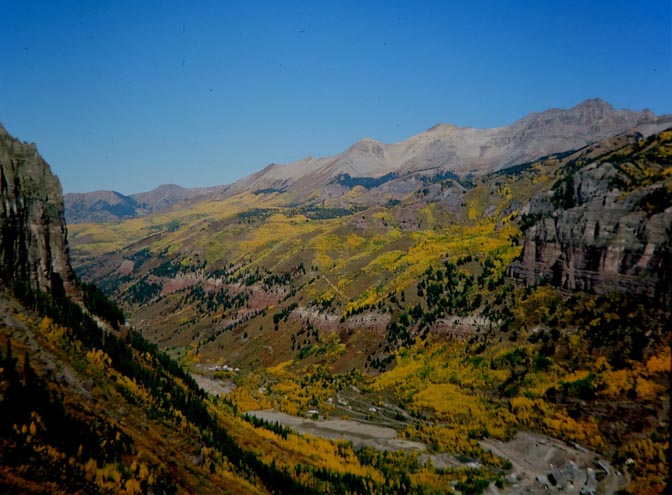
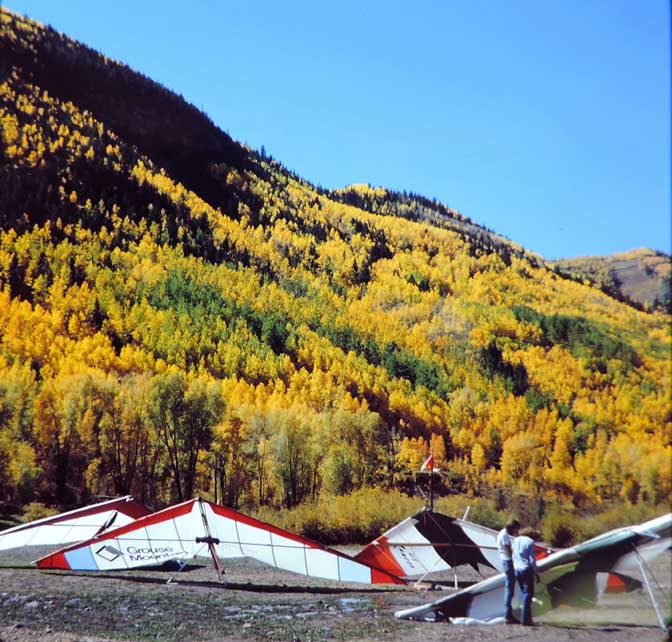
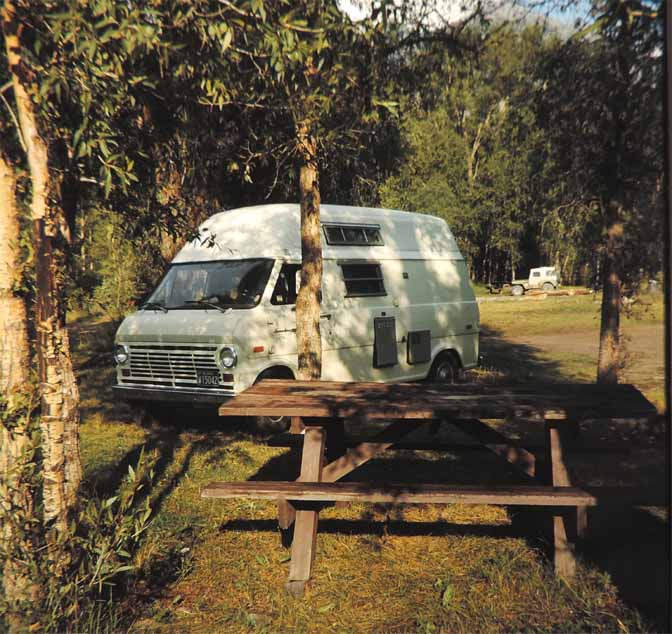
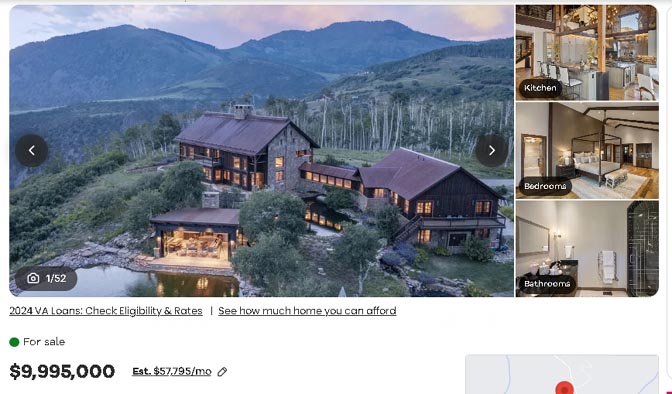
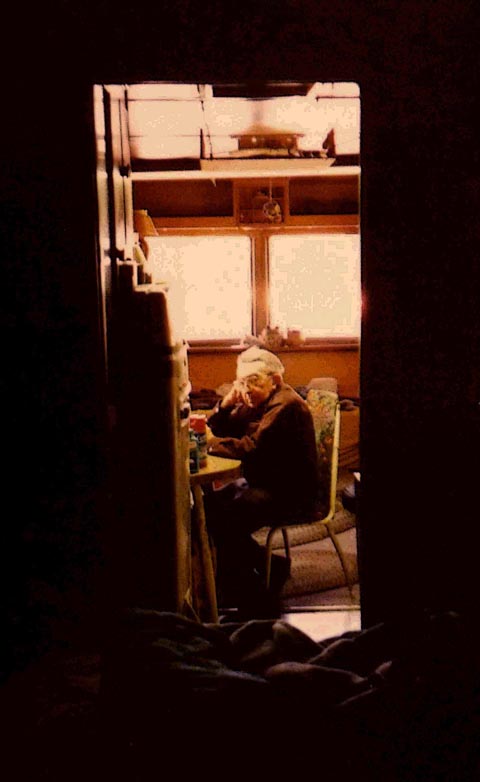
Herb Ringer came West in 1939, seeking a divorce, as far away from his home in Ringoes New Jersey, as possible. He arrived in Reno in the fall of 1939. And he never left. Nevada became home for Herb. For the next half century, Herb documented the American West with his camera and his pen. His journals and relate documents and maps and artifacts are a treasure. I was lucky enough to meet Herb at the Arches National Park campground in 1981. He would become one of my dearest friends and truly a father figure. He began sharing his photographs with me in 1986. Ultimately he would leave me everything.
When Herb died, on December 11, 1998, it was, for me, a death in the family.
To explore many of Herb’s posts, and stories about him, over the years, click here.
TO COMMENT ON THIS STORY & HERB’S PHOTOGRAPHS, PLEASE SCROLL TO THE BOTTOM OF THIS PAGE.


And I encourage you to “like” & “share” individual posts.
Why they can’t just leave the site alone is beyond me,
but that’s what Facebook likes to do.
ALSO NOTE: I post old photographs and stories from our 25 year old archives every day. Pictures from Herb Ringer, Edna Fridley, Charles Kreischer.. even a few old photos from my Dad. So if you want to stay caught up on our historic photo collections,
be sure to “follow” us on Facebook…Thanks…Jim
https://www.facebook.com/FansoftheCanyonCountryZephyr/
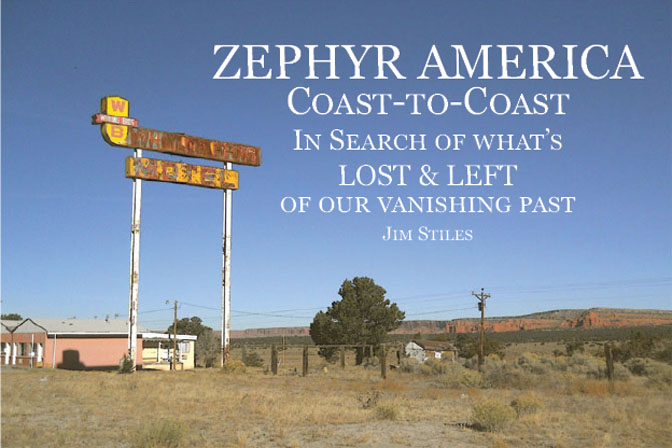
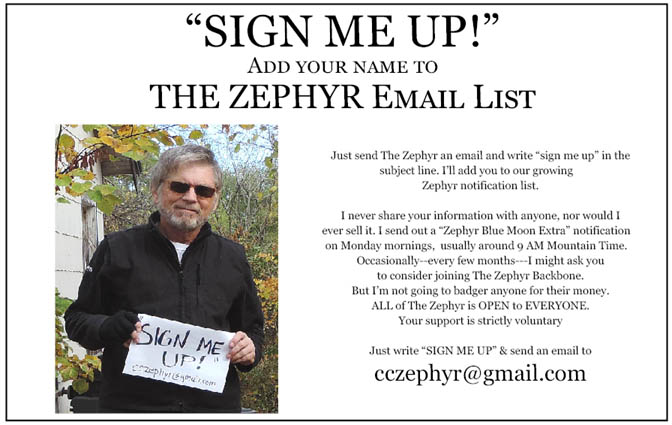
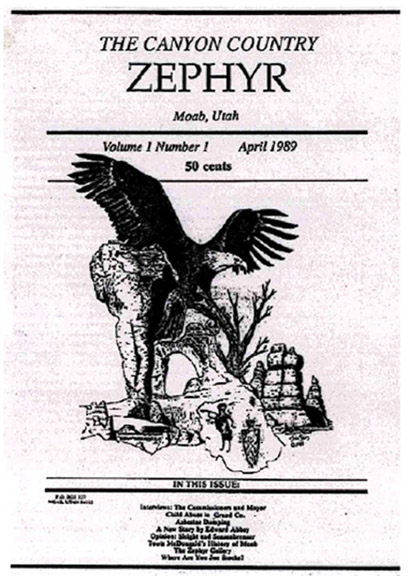
$55 Each or Two for $100 (Free Shipping).
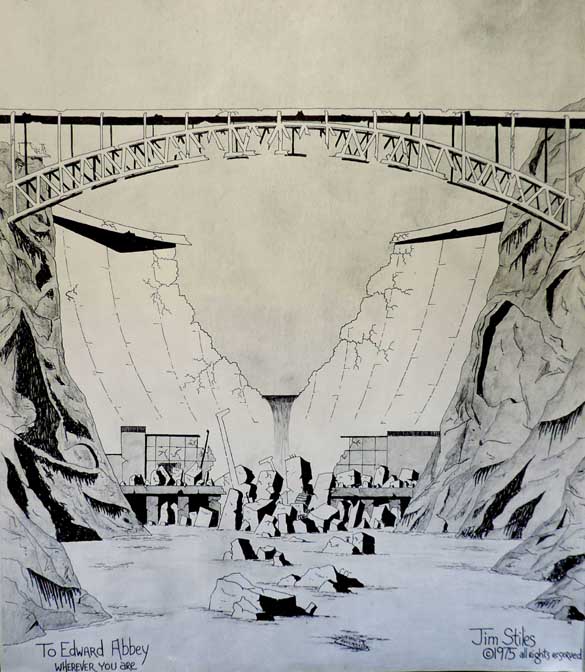
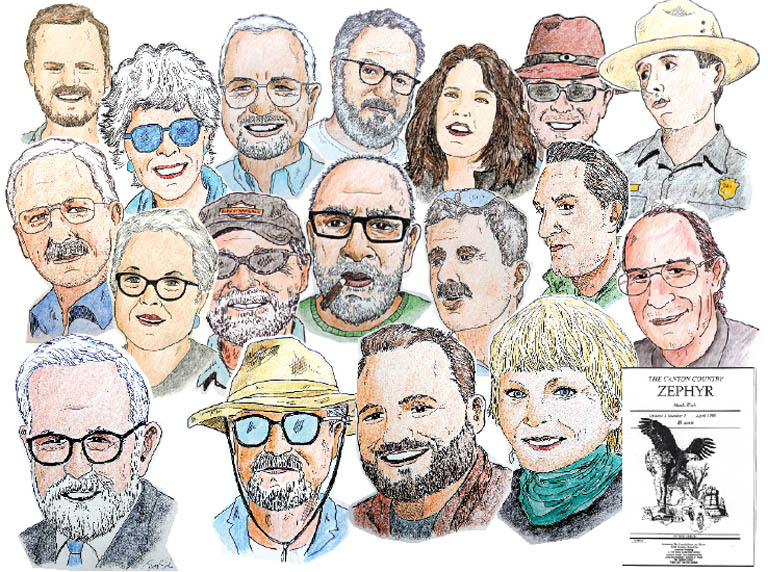
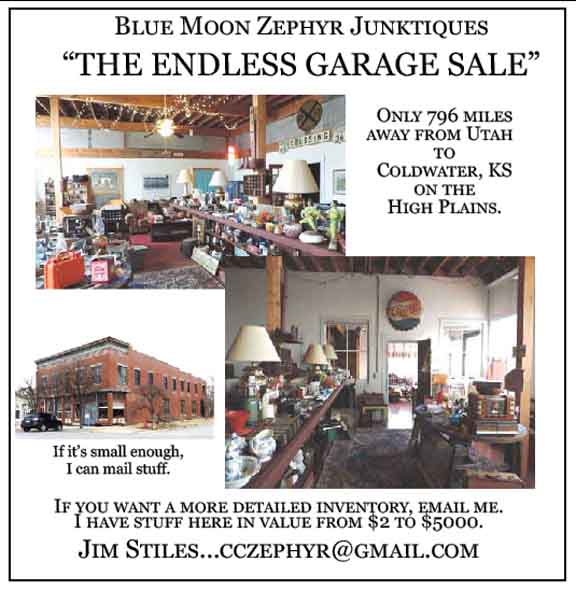
https://www.facebook.com/profile.php?id=100086441524150
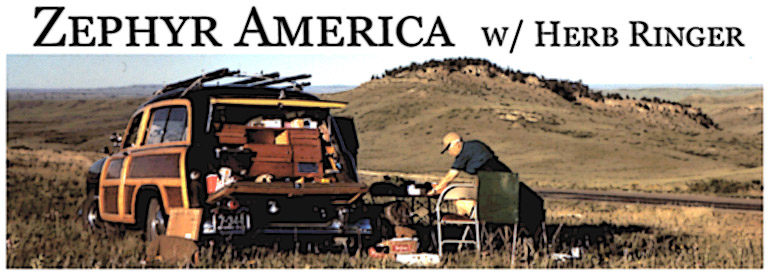

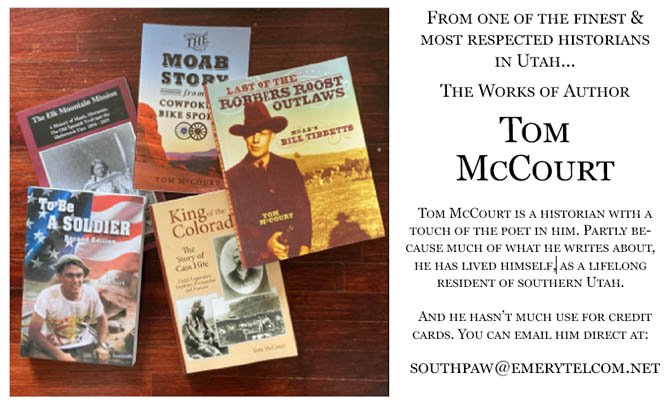

And check out this post about Mazza & our friend Ali Sabbah,
and the greatest of culinary honors:
https://www.saltlakemagazine.com/mazza-salt-lake-city/
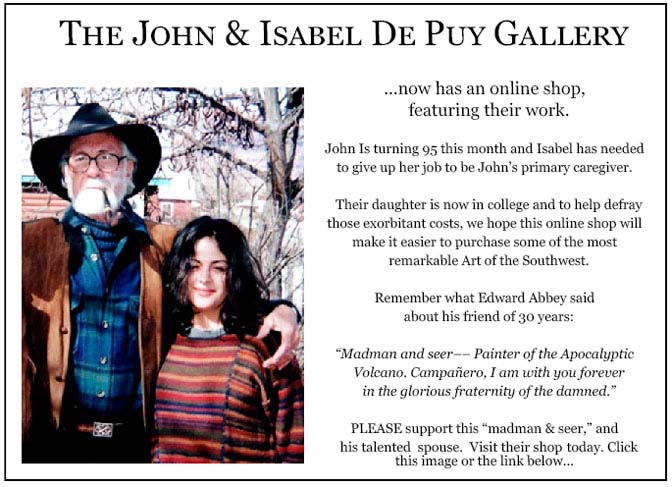
More than six years ago, The Zephyr, me & four other individuals were sued for defamation by the former Moab City Manager. Faced with mounting legal bills, my dear friends John and Isabel De Puy donated one of John’s paintings to be auctioned.
ALL the proceeds went to our defense.
Thanks to them, our bills were almost completely covered.
Now I’d like to return the favor. Check out the link below and their online shop… JS
https://www.depuygallery.com/

https://www.canyoncountryzephyr.com/
AGAIN, IF YOU WOULD LIKE TO COMMENT ON HERB’S PHOTOS, OPR SHARE YOUR OWN STORY ABOUT ASPEN OR TELLURIDE OR THE TRANSFORMATION OF ‘THE NEW WEST,’ PLEASE LEAVE A COMMENT BELOW.

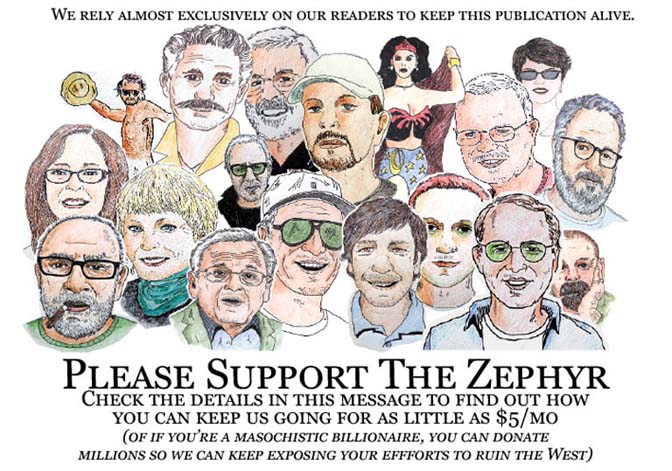
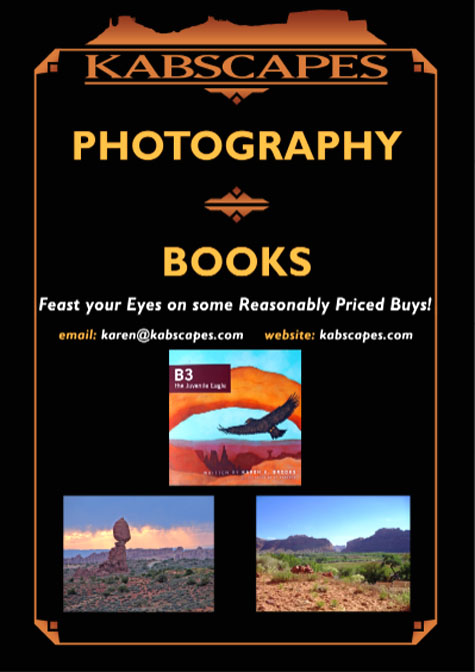
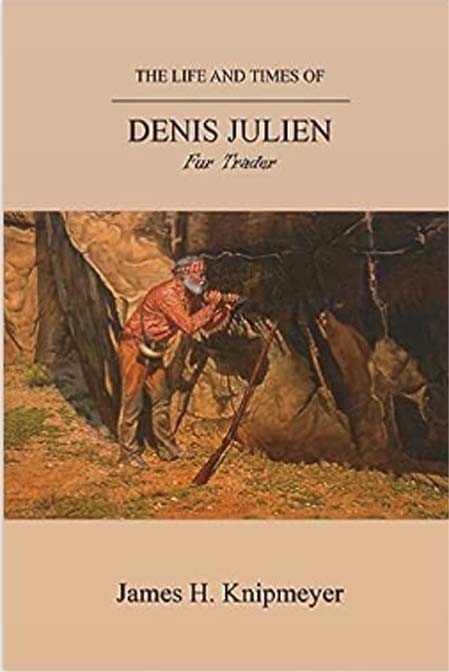
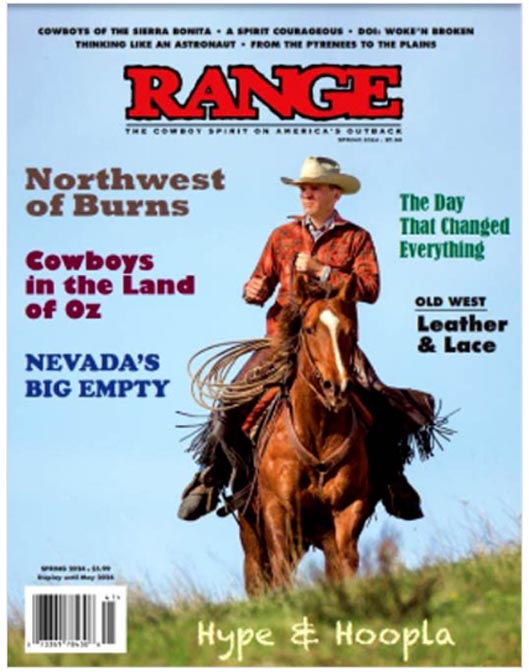
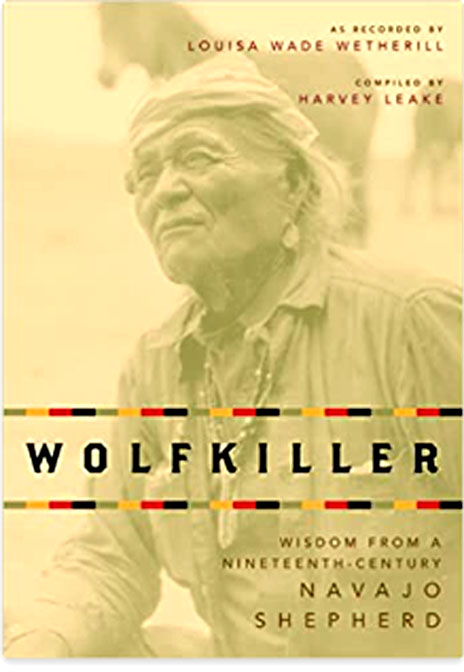
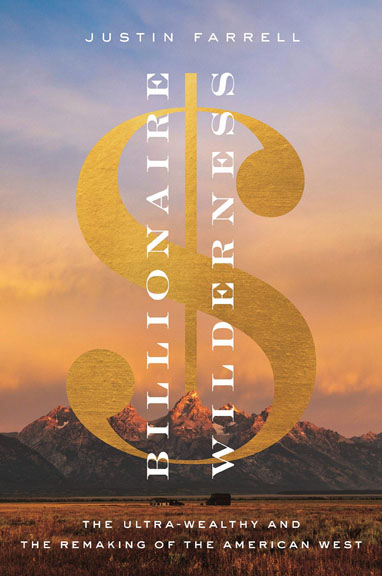
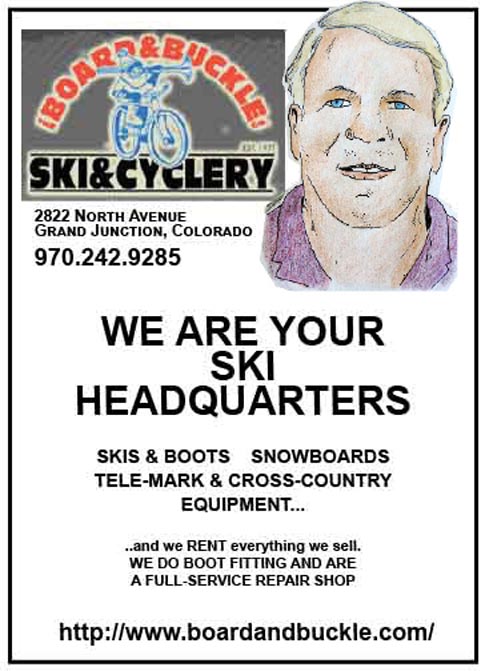
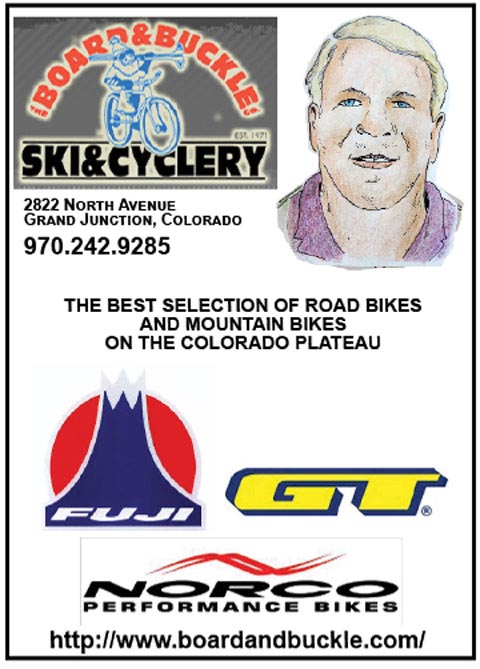
Always love your Herb Ringer photos. Edna’s too!
I came West behind you about 7 years and unfortunately didn’t fall in love with canyon country until the mid-80’s although I’d visited briefly in 79 and 80. I feel blessed to have experienced some small fragment of the “old” West of solitude and vistas free of people.
Jim thanks For the memories. Deree and talk about Herb every so often. Even named our favorite cat after him. Think about him and you every time we get to Moab. We always looked forward to Herb’s visits. Thought about him the last time we went through Fallon. He was a great amount of fun and knowledge. Deree fist met him at the library in Telluride many years ago. Met you couple times at you newspaper office in Moab. Glad you’re doing something special with Herb’s pictures and story! Thank you. Jim and Deree Brand
In 1967 I was hitchhiking in the west and was in the Telluride area. I met a family in the campground and they let 2 of their boys take a hike with me. We went either in or out of Telluride (can’t remember), traversing a pass between big valleys. Wasn’t much there then. Boy, that was awhile ago!
Yeah, Herb Ringer was a really nice fellow, always so gentle and quiet, a sweet man. It was nice when he visited Arches.
Herb Ringer’s pictures are not only beautiful but so historical! It tells me something that both he and Edward Abbey left so many wonderful historical items to you. Your honesty, interested character told them alot about you! And how fortunate you are to be the caretaker of all this precious information! The early pictures look very much like many other Western outposts did in the early days with their block buildings and unspoiled surroundings. Thank you for an excellent look back into my world like it was many year ago.
I believe the current Casa Tua restaurant at 403 S. Galena Street in Aspen is where Guido’s used to be. Should be the same structure.
In the 1960’s Guido’s Swiss Inn was located near the base of old lift #1, the single chair. I remember eating there and having Swiss fondue for the first time, as a 6th thru 12th grader on ski vacation in Aspen. Later in 1980 and 1981 I worked in Basalt for the Division of Wildlife and would visit with Guido as he ran cows above the Christine Wildlife Area on Basalt Mountain during the summers. A real character.
Thanks Jim very cool. I remember in 1974 or 1975 on a trip with my parents “Out West” I was 11 or 12 and we went to Telluride and Jackson Hole. It was hippies and cowboys and us Ohio tourists now you have to be a billionaire to afford to live there but its still beautiful.
Thanks for the memories Jim. My parents took us to Telluride from Blanding in the 1960s. There is a waterfall just outside of town called Bridal Veil Falls. We climbed up to the top of the falls and inspected the remains of what was the Smuggler-Union Hydroelectric Power Plant, which started producing electricity in 1907. I took my new bride to Telluride in 1976. As we were walking down Main Street, we had to stop at an intersection where three vehicles (a jeep, pickup, and truck) were trying to figure out who was going to go first. A long-haired, bearded young man who was near us waiting to cross the street said, “Wow. A traffic jam in downtown Telluride.” We all laughed, but as you know, those traffic jams became the norm within a few years.
Nearly 30 years later Abbey visited T-ride. He returned, spoke at an “ideas” festival. It was interesting to get his take on “progress”. The cost of the festival was way over my head, but I volunteered to help at the festival. They let me attend his presentation and I got a chance to speak with him and got his autograph.
Great pictures and reminiscences, Jim.
The framed posters inside Guido’s Cafe caught my eye. I’ve certainly quaffed many litres of Rugenbräu, skied a little and fallen over a lot in the Grindelwald area.
That whole region of Switzerland, including Wengen, Lauterbrunnen, Mürren etc, was once just a bunch of sleepy villages where the inhabitants twiddled their thumbs all through the winter and grazed their animals during the summer. Then the crazy Brits turned up, strapped a plank to each foot and pointed themselves downhill …
I loved going to Telluride, occasionally. But the last time we went, it was so hard to find parking…(just about like Moab, now) let alone get into a restaurant. I still love the old buildings, though.
The first big mistake Aspen made was paving the streets. When I first lived there in the 70’s they hadn’t been yet.
The picture labeled as Aspen Highlands is actually Aspen Mountain. Aspen Highlands is out of town between Castle Creek and Maroon Creek. I lived in Aspen from 1966 to 1977 when it got too big and I moved to Telluride till 1984 when I decided to get out of the snow.
Great pics. Send me more Would like purchase some
I’m so glad I didn’t know all this was happening in the 70s… I might never have showed up in 1981. I thought things were still pretty damn good at the time. Places were empty, trailheads were empty, not everything had yet been paved. Breakfast at Aspen’s Hickory House seemed totally normal. Nothing ever seemed normal to me in Telluride, though.
Was blessed to get to Colorado and Telluride in the mid 70s. Worked and camped there one summer cutting trees on ski slopes.
Should have never left.
I was involved in the destruction of the “saloon renovation from 1977”. It was the nicest bordello in town- The “Pick and Gad”. I’m sorry.
Here’s more info about the building under renovation in the slide. Pick & Gad Saloon.
https://telluride.museum.zone/station-4/
I lived in the top apartment in the miners’ union building when I moved to Telluride in 1973. My window faced east. It was the best view in Telluride.